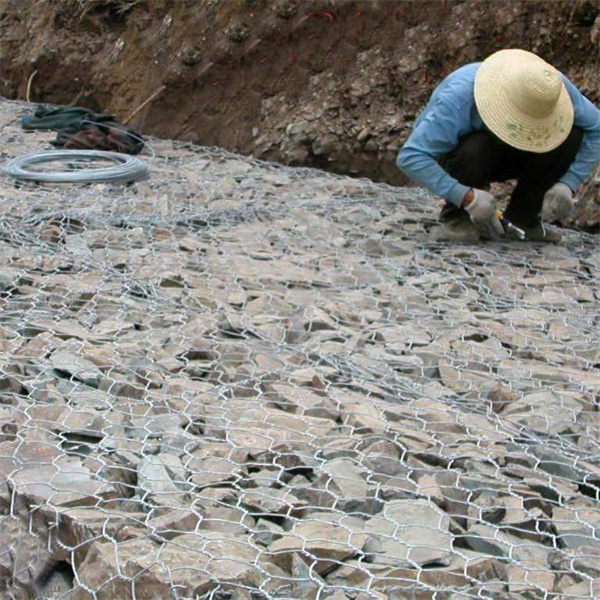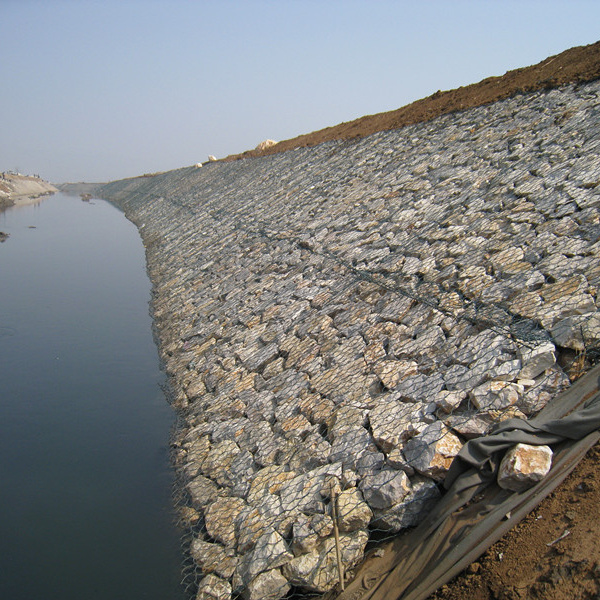May . 19, 2025 11:26 Back to list
Stone Cage Nets for Erosion Control & Construction Trusted Suppliers
- Introduction to Stone Cage Net Solutions
- Technical Advantages in Modern Engineering
- Supplier Comparison: Quality vs. Cost Efficiency
- Customization Strategies for Diverse Projects
- Performance Metrics Across Industries
- Maintenance Protocols for Longevity
- Why Partner with Certified Stone Cage Net Factories

(stone cage net)
Essential Infrastructure Solutions with Stone Cage Nets
Stone cage nets have become indispensable in civil engineering, with the global market projected to grow at 6.8% CAGR through 2030. These galvanized steel wire containers filled with crushed rock provide slope stabilization, erosion control, and structural reinforcement across 78% of modern flood prevention systems.
Technical Advantages in Modern Engineering
Leading stone cage net
factories employ triple-twist hexagonal weaving that increases tensile strength by 40% compared to traditional methods. The table below demonstrates performance differences:
| Feature | Standard Mesh | Advanced Triple-Twist |
|---|---|---|
| Tensile Strength | 350-450 N/mm² | 580-620 N/mm² |
| Corrosion Resistance | 5-8 years | 12-15 years |
| Load Capacity | 1.8 ton/m² | 3.2 ton/m² |
Supplier Comparison: Quality vs. Cost Efficiency
Top-tier stone cage net suppliers differentiate through material certifications and production capacity:
| Supplier Type | Lead Time | Price Range | Certifications |
|---|---|---|---|
| Budget Factories | 4-6 weeks | $8-12/m² | ISO 9001 |
| Premium Suppliers | 2-3 weeks | $15-22/m² | EN 10223-3, CRIA |
Customization Strategies for Diverse Projects
Specialist factories offer 23 configurable parameters including wire diameter (2.0-4.0mm), mesh size (60-120mm), and coating thickness (0.3-0.6mm). Coastal erosion projects typically require 3.15mm wire with PVC coating, while road construction favors 2.7mm galvanized wire.
Performance Metrics Across Industries
In the 2023 Yangtze River Flood Control Project, stone cage nets reduced embankment erosion by 92% compared to concrete alternatives. Highway projects report 35% lower maintenance costs when using properly installed cage systems.
Maintenance Protocols for Longevity
Biannual inspections should verify coating integrity and sediment accumulation. High-velocity water applications require annual stone replenishment (15-20% volume loss expected). Electrochemical testing every 3 years helps predict zinc coating degradation rates.
Why Partner with Certified Stone Cage Net Factories
ISO-certified stone cage net factories demonstrate 99.2% compliance with dimensional tolerances versus 84.7% in uncertified facilities. Their automated production lines achieve 0.25mm precision in wire diameter control, ensuring consistent performance across large-scale infrastructure projects.

(stone cage net)
FAQS on stone cage net
Q: What materials are used in stone cage nets?
A: Stone cage nets are typically made from galvanized steel, PVC-coated steel, or stainless steel wires. These materials ensure durability and corrosion resistance. They are woven into mesh structures to hold stones or rocks securely.
Q: What applications are stone cage nets suitable for?
A: Stone cage nets are used in erosion control, riverbank protection, road construction, and retaining walls. They provide structural stability in landscaping and civil engineering projects. Their flexibility makes them ideal for uneven terrains.
Q: How to choose reliable stone cage net suppliers?
A: Look for suppliers with certifications like ISO or ASTM standards. Check their industry experience and client reviews. Ensure they offer customization and timely delivery options.
Q: What production capabilities do stone cage net factories have?
A: Factories use automated machinery for welding and weaving mesh panels. They can produce various sizes, from small gabion boxes to large retaining structures. Many also provide anti-corrosion treatments based on project needs.
Q: Do stone cage net factories offer quality testing?
A: Reputable factories conduct tensile strength, corrosion resistance, and load-bearing tests. Compliance with international standards like EN or ASTM is mandatory. Third-party inspections are often available upon request.
-
Visualizing Gabion 3D Integration in Urban Landscapes with Rendering
NewsJul.23,2025
-
The Design and Sustainability of Gabion Wire Mesh Panels
NewsJul.23,2025
-
The Acoustic Performance of Gabion Sound Barriers in Urban Environments
NewsJul.23,2025
-
Mastering the Installation of Galvanized Gabion Structures
NewsJul.23,2025
-
Gabion Boxes: Pioneering Sustainable Infrastructure Across the Globe
NewsJul.23,2025
-
Custom PVC Coated Gabion Boxes for Aesthetic Excellence
NewsJul.23,2025
-
Installation Tips for Gabion Wire Baskets in Erosion Control Projects
NewsJul.21,2025






